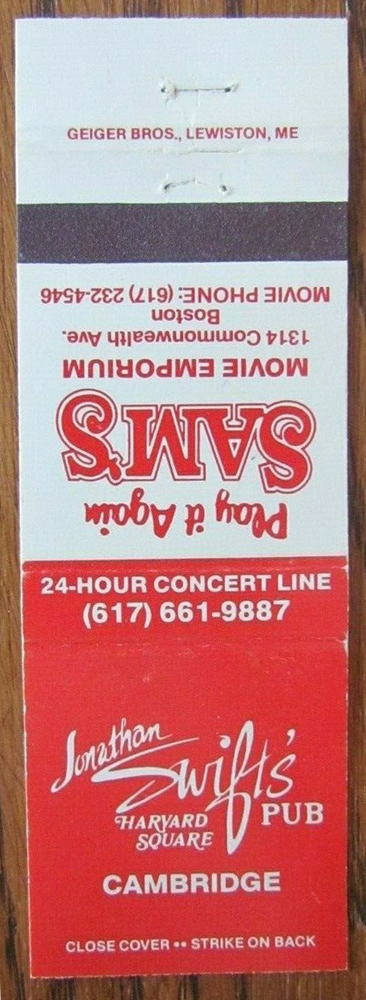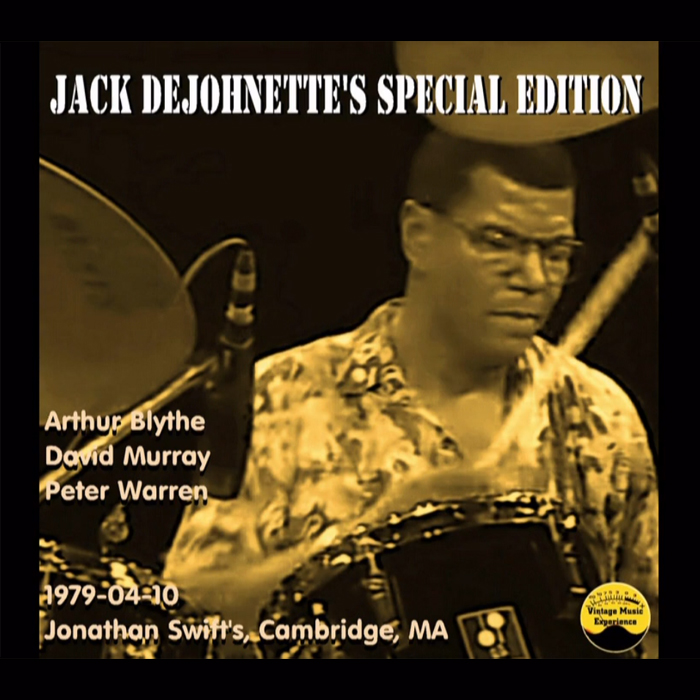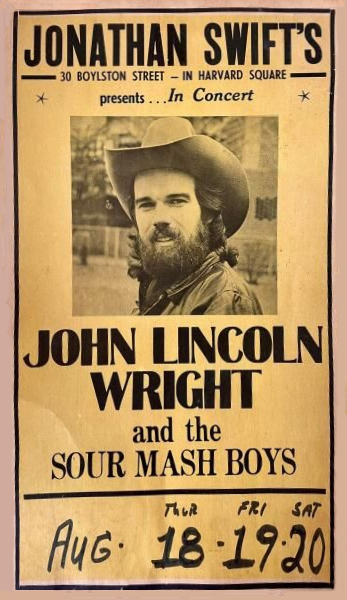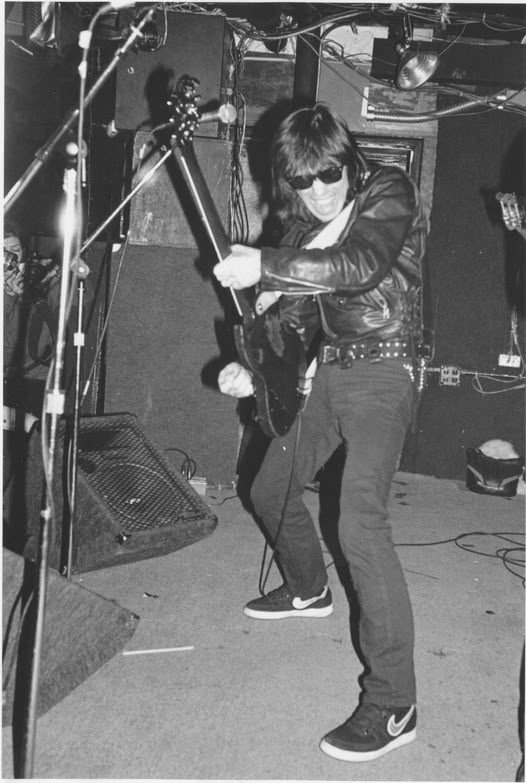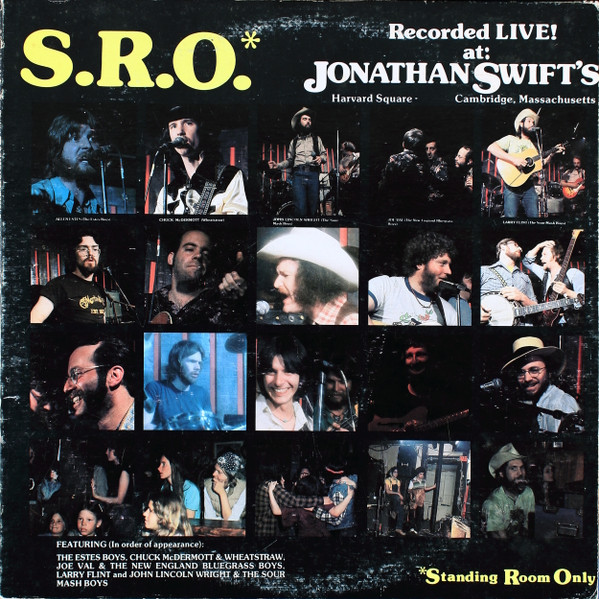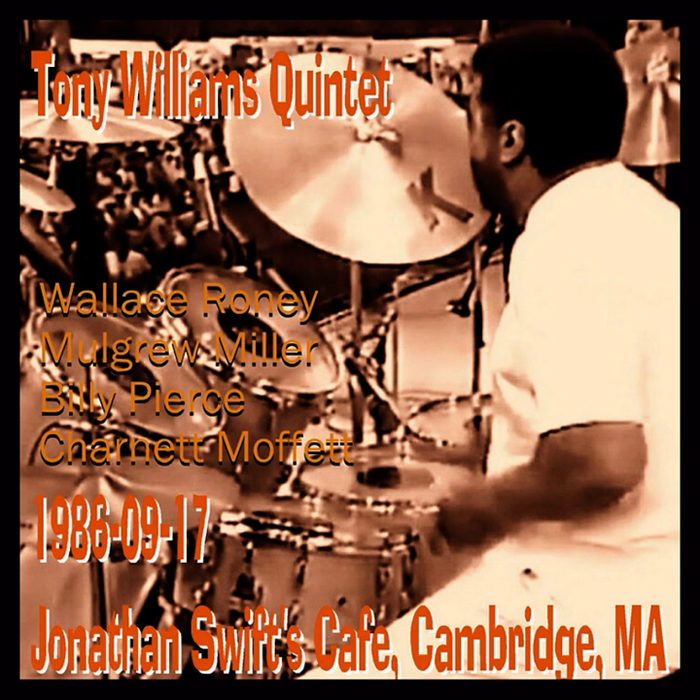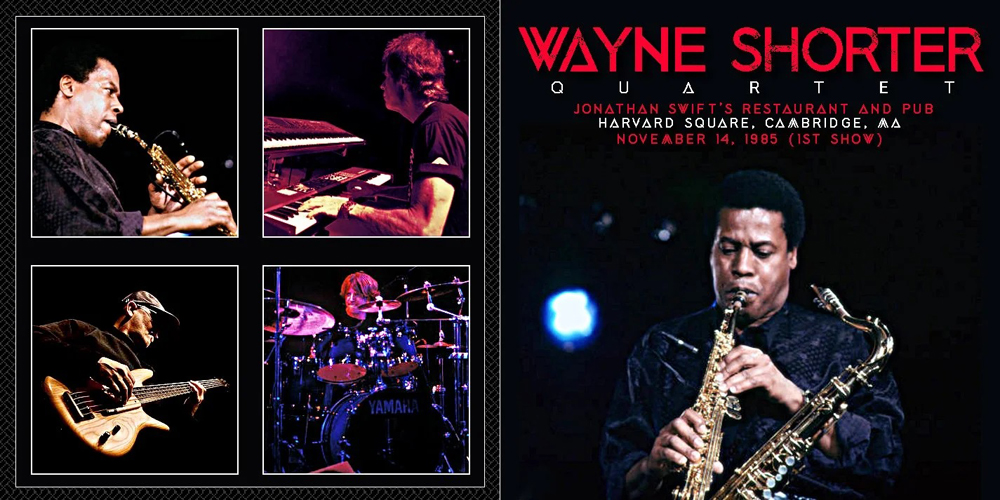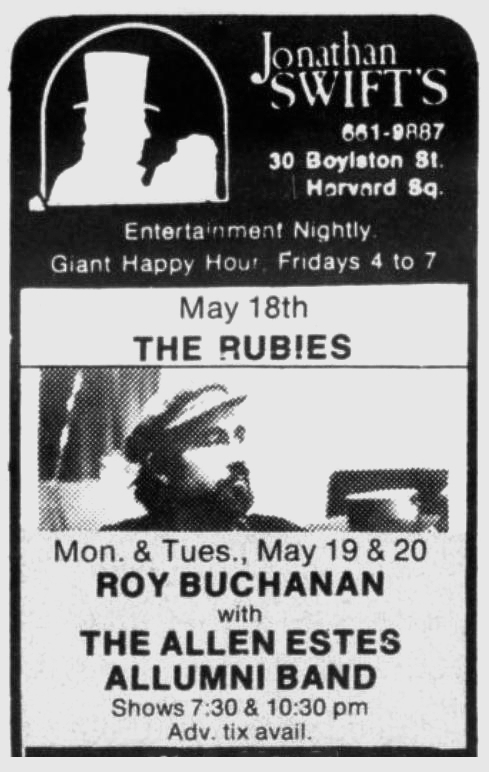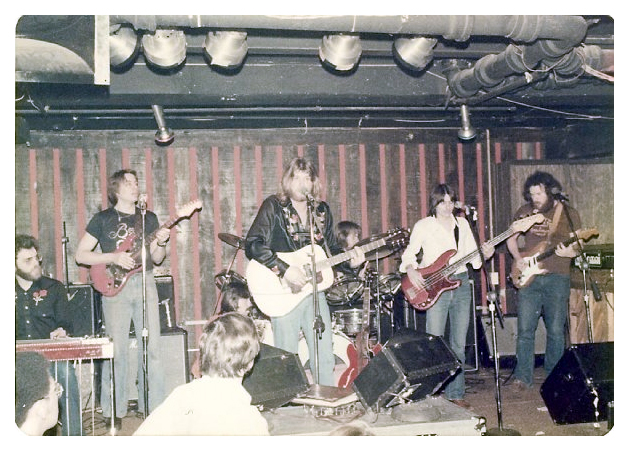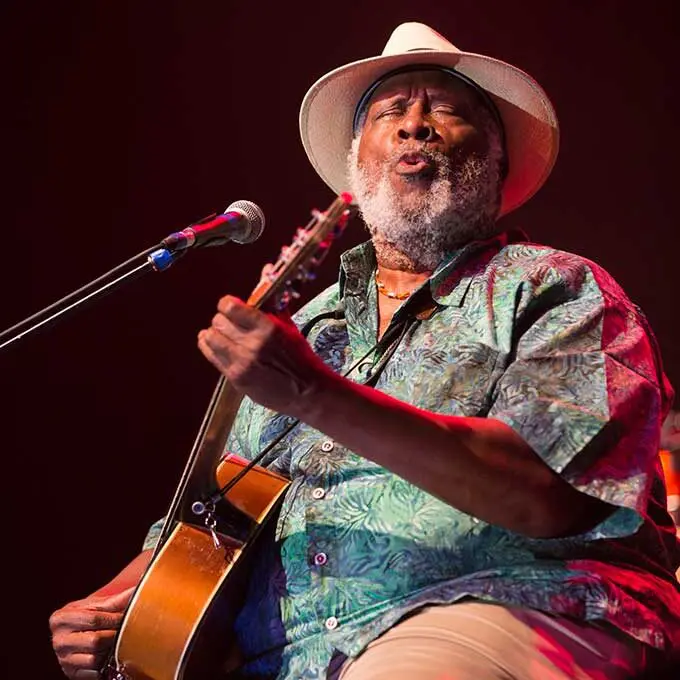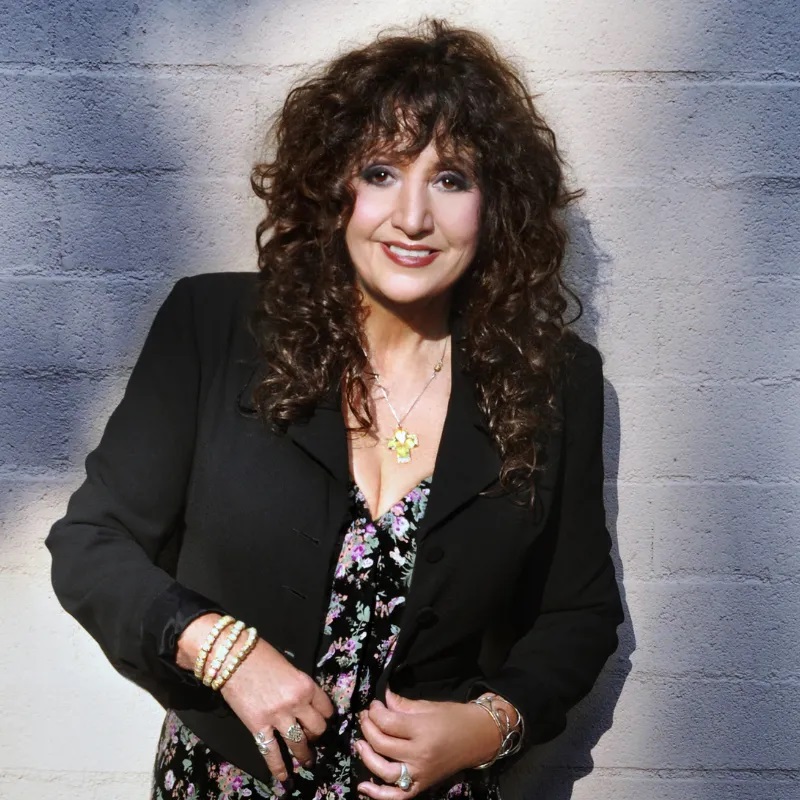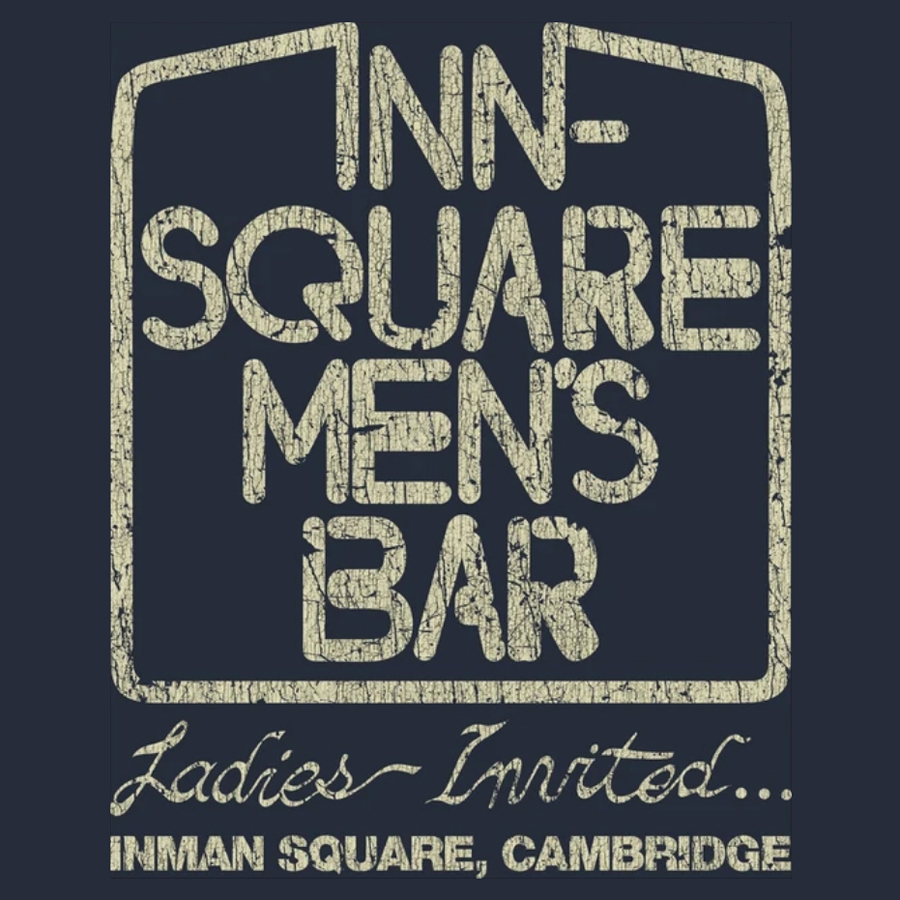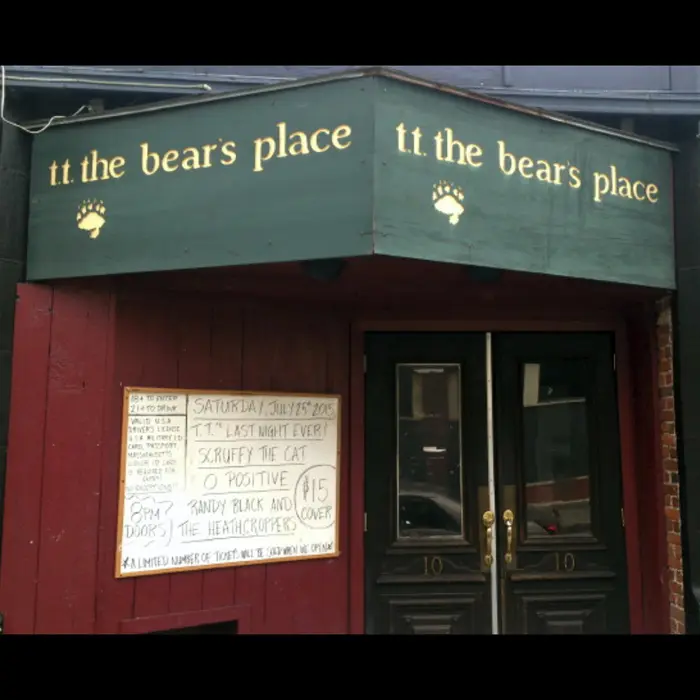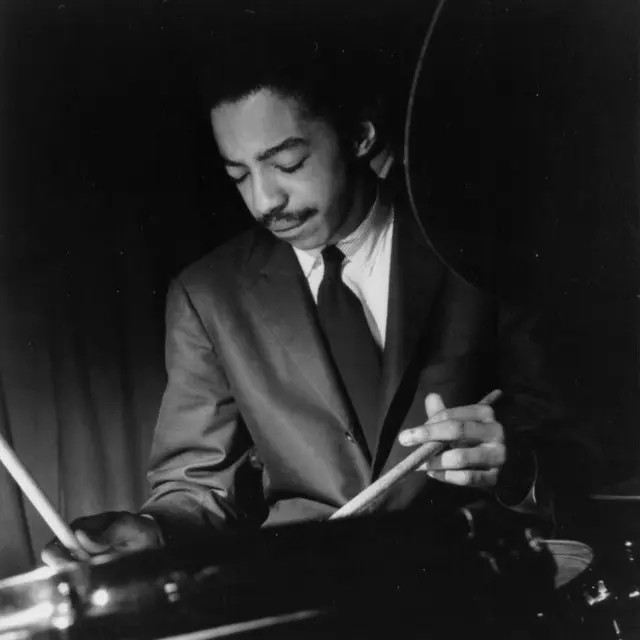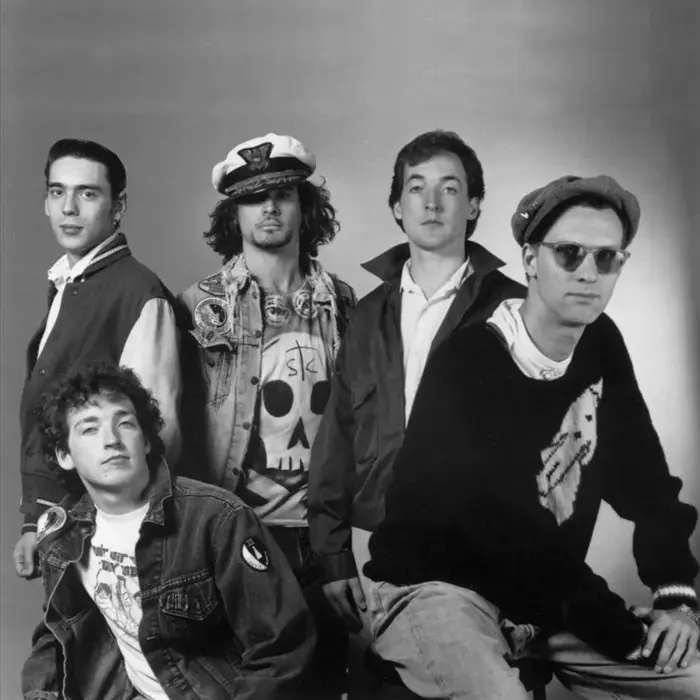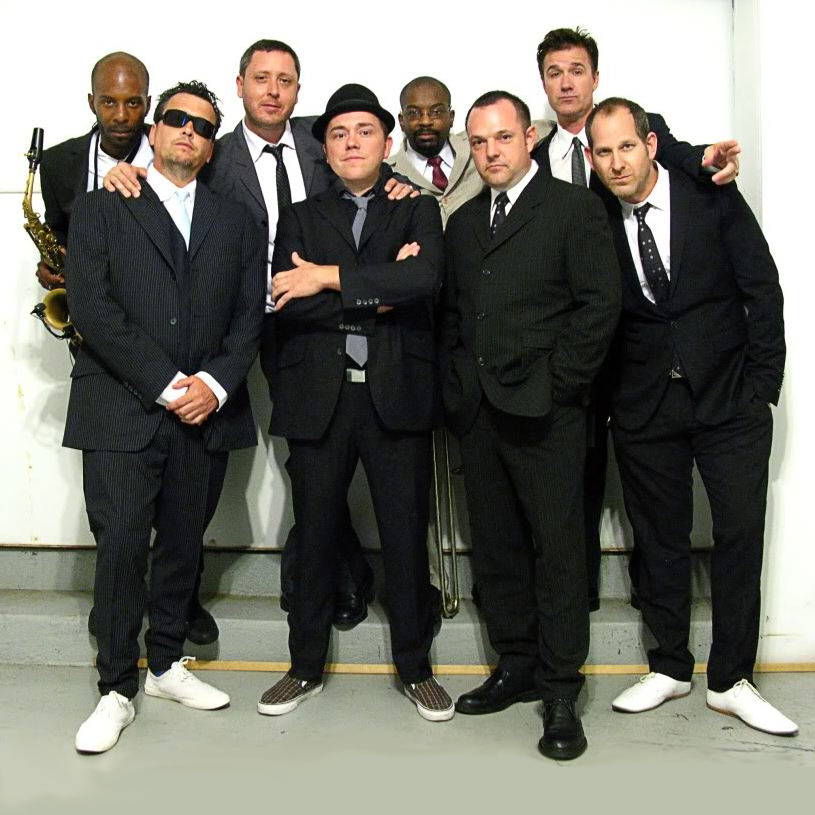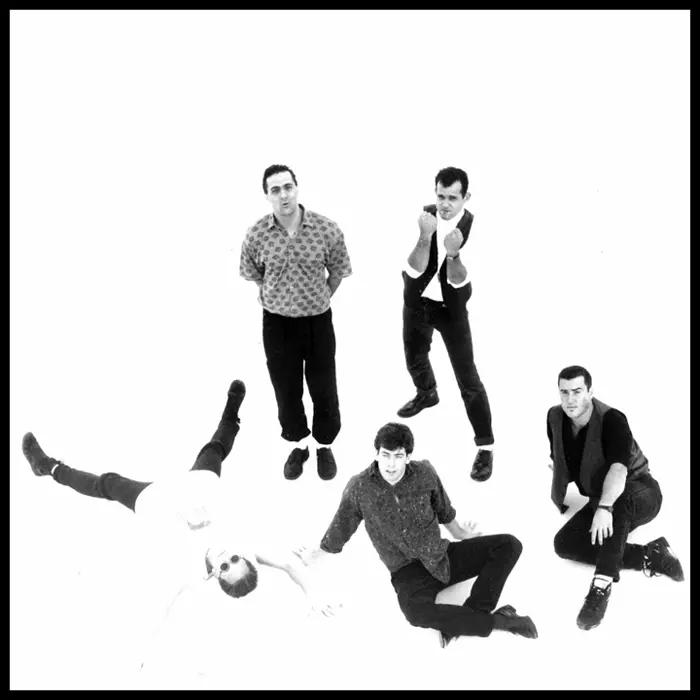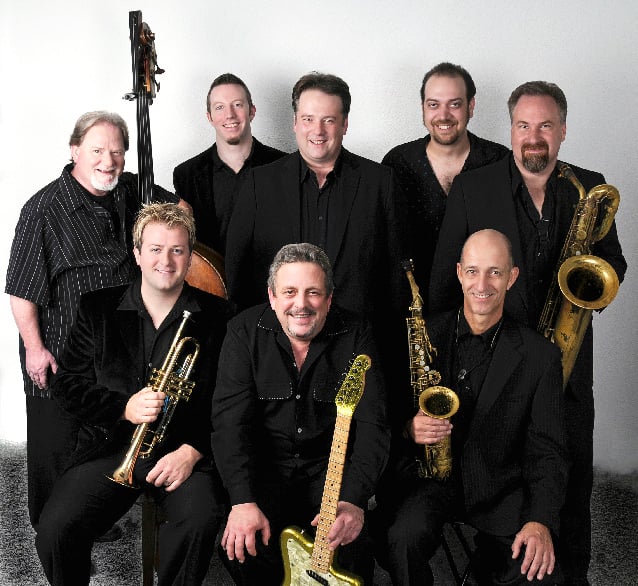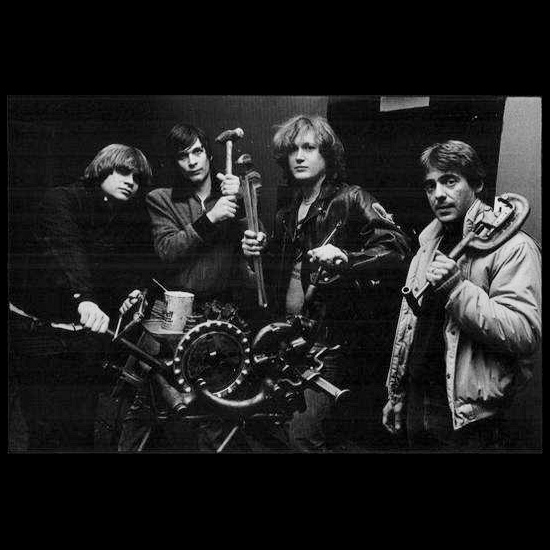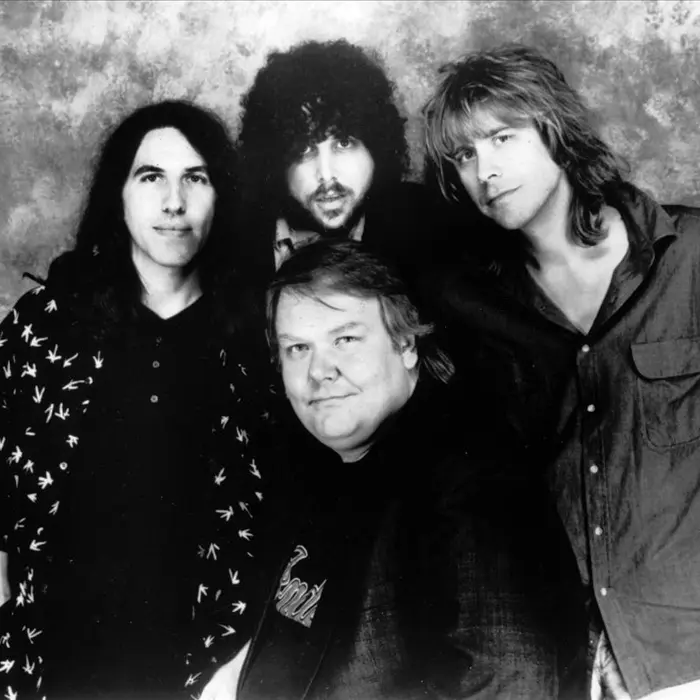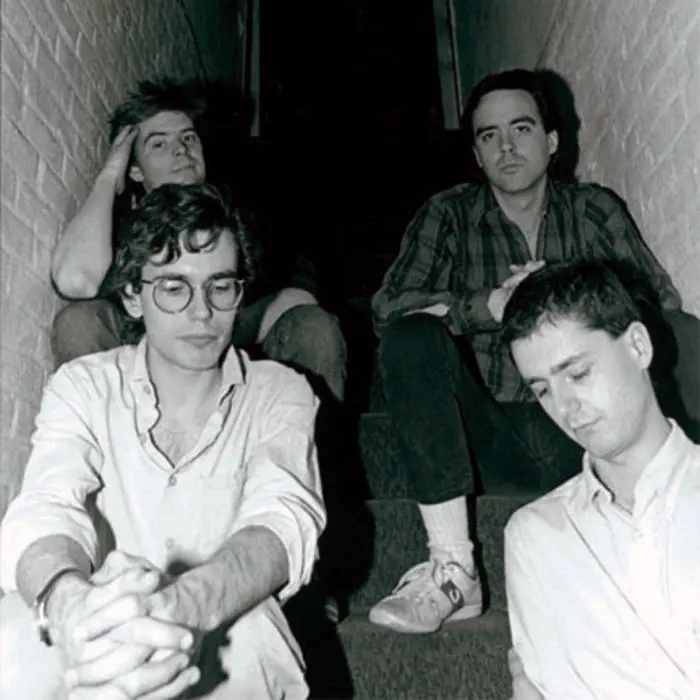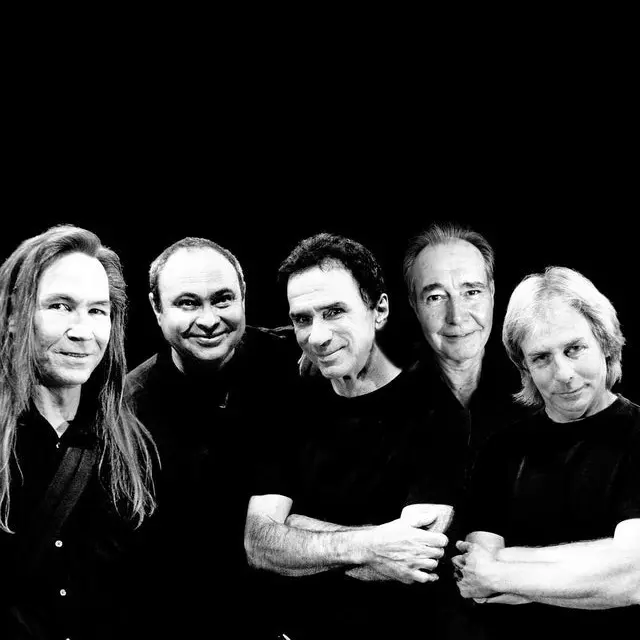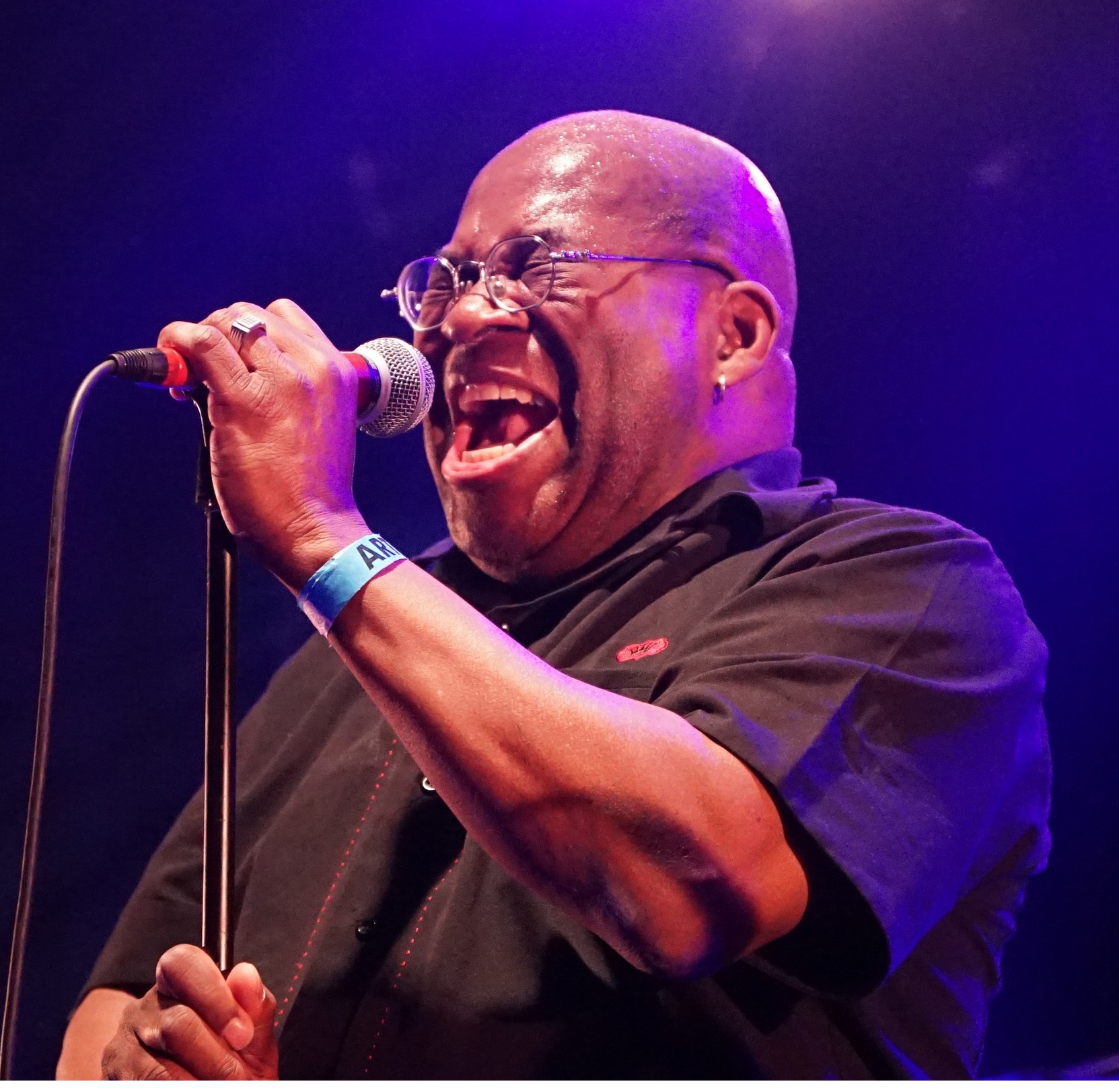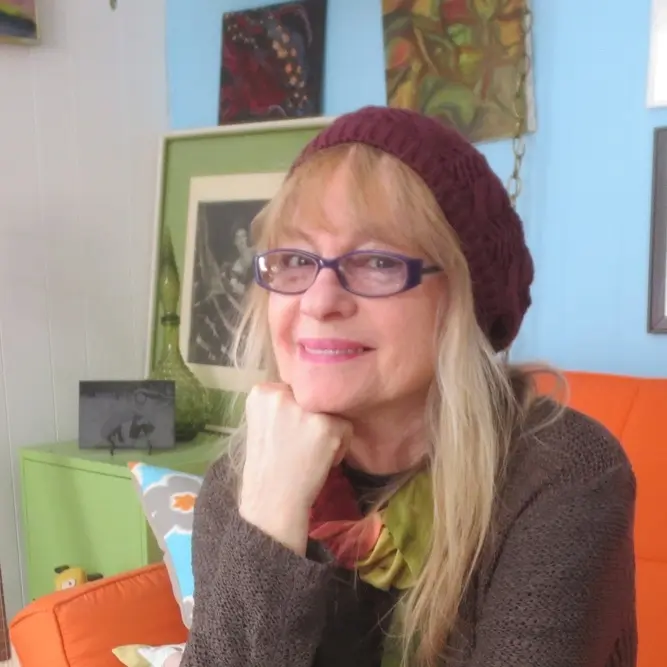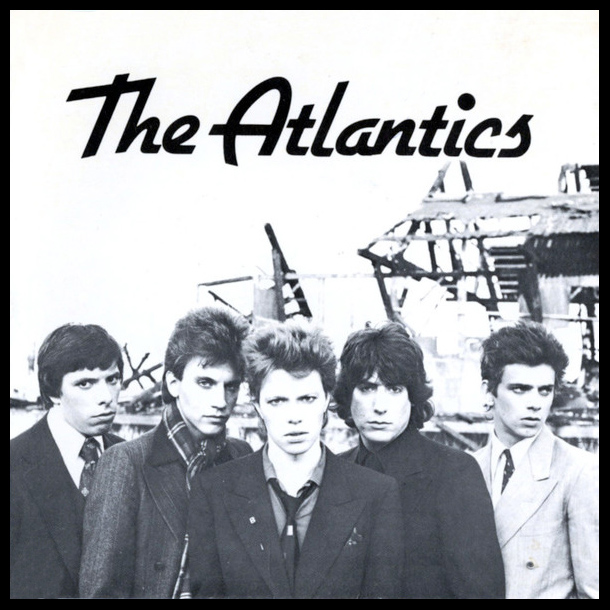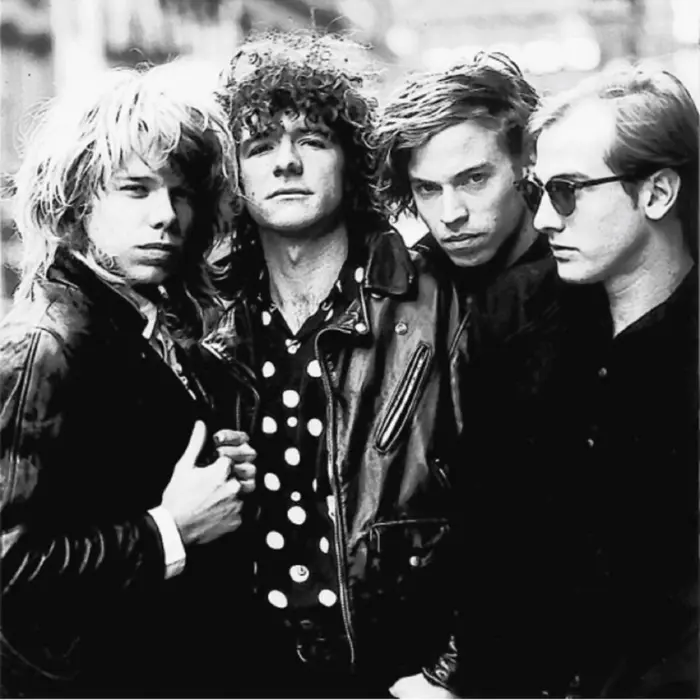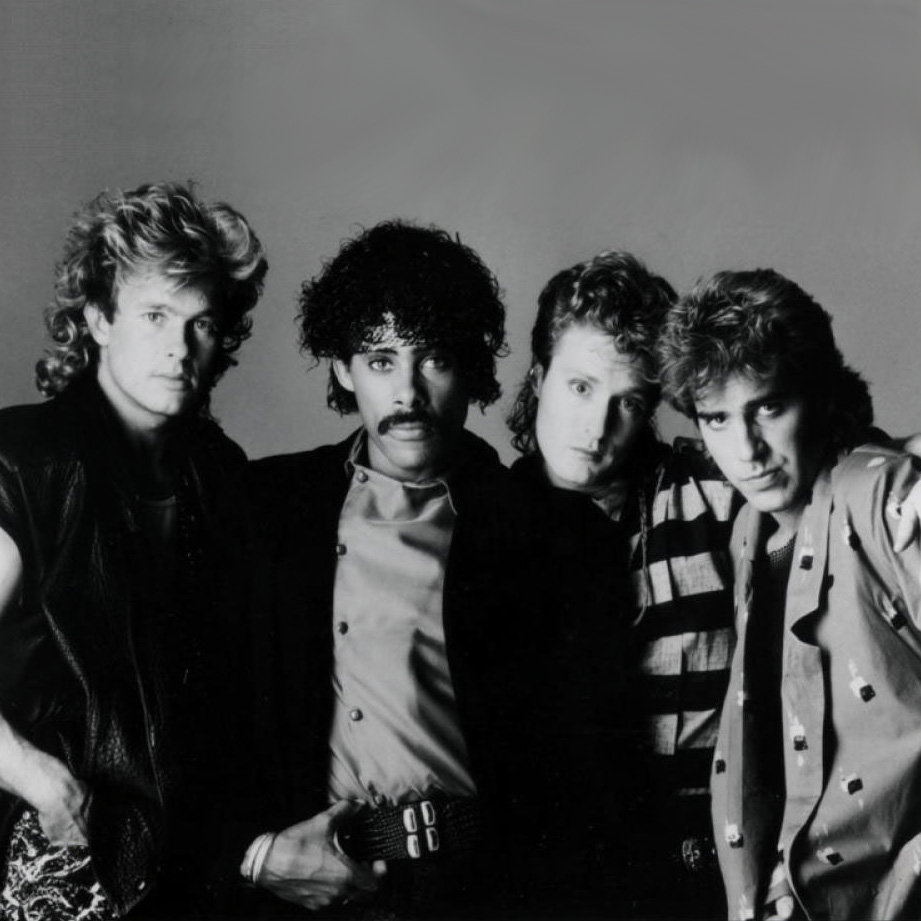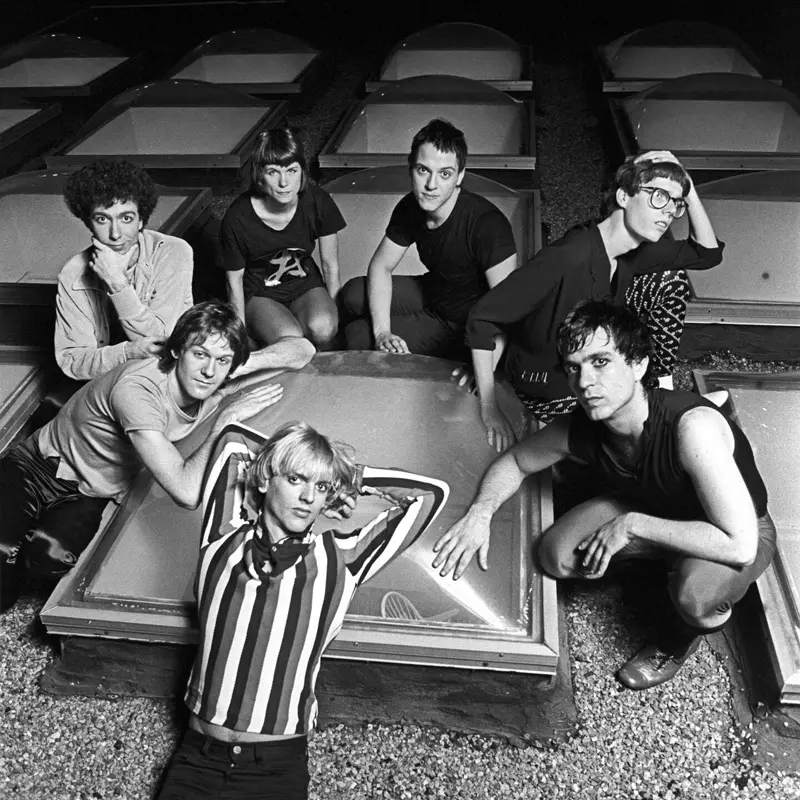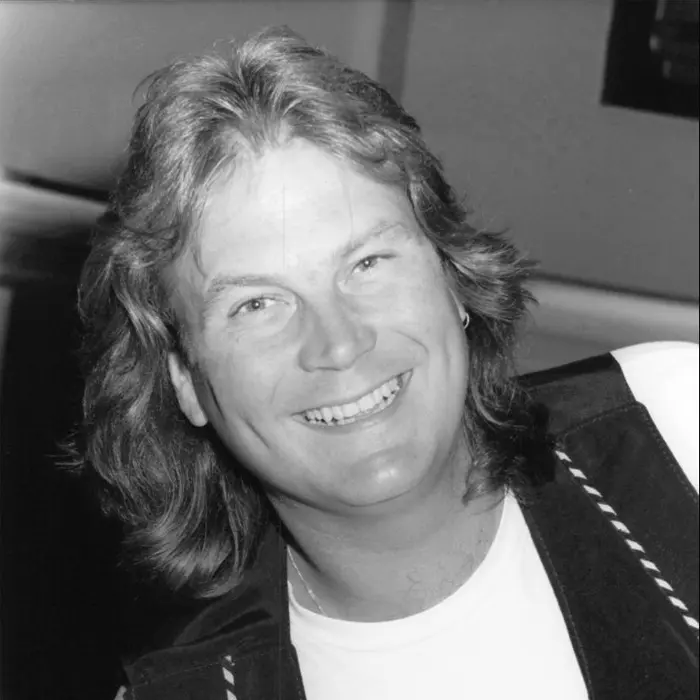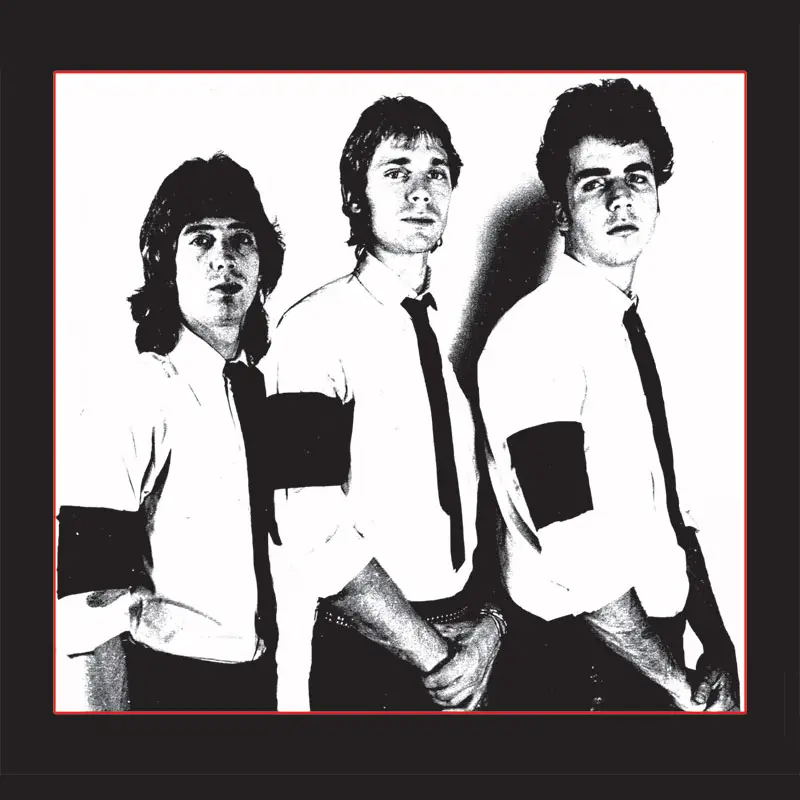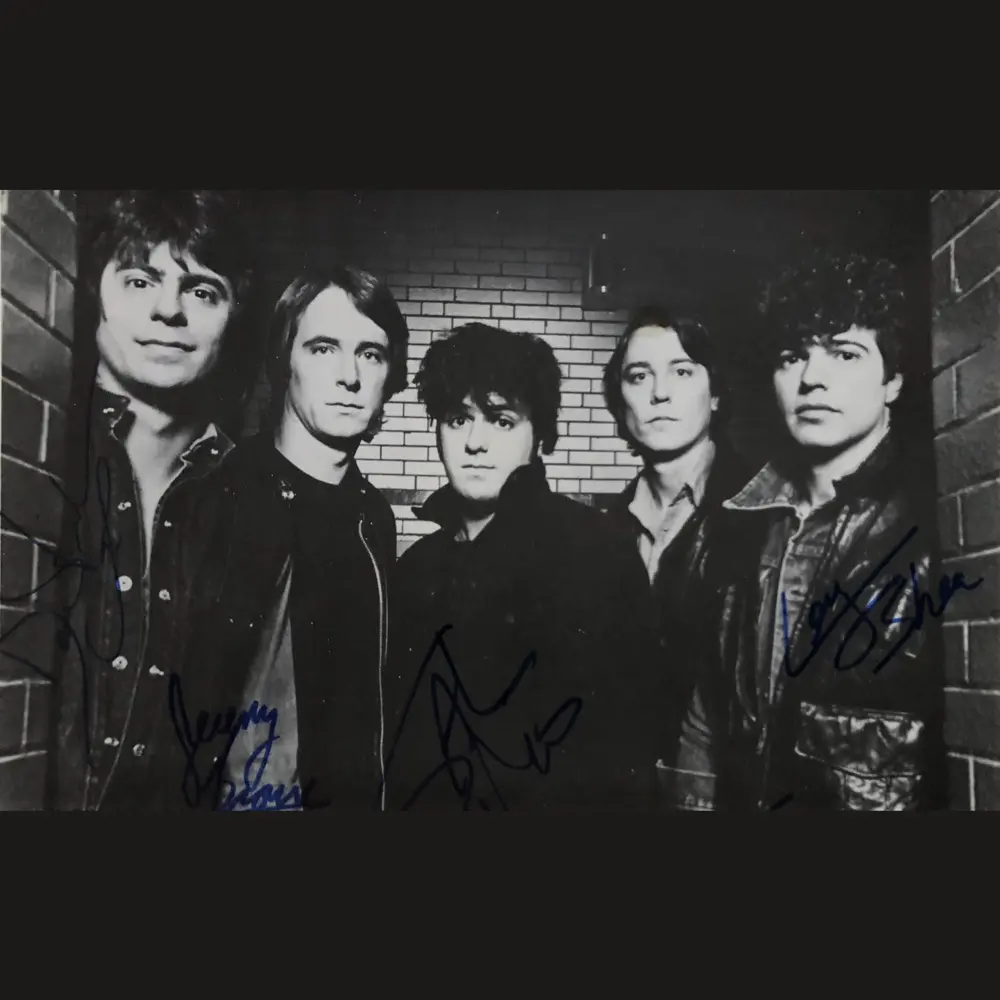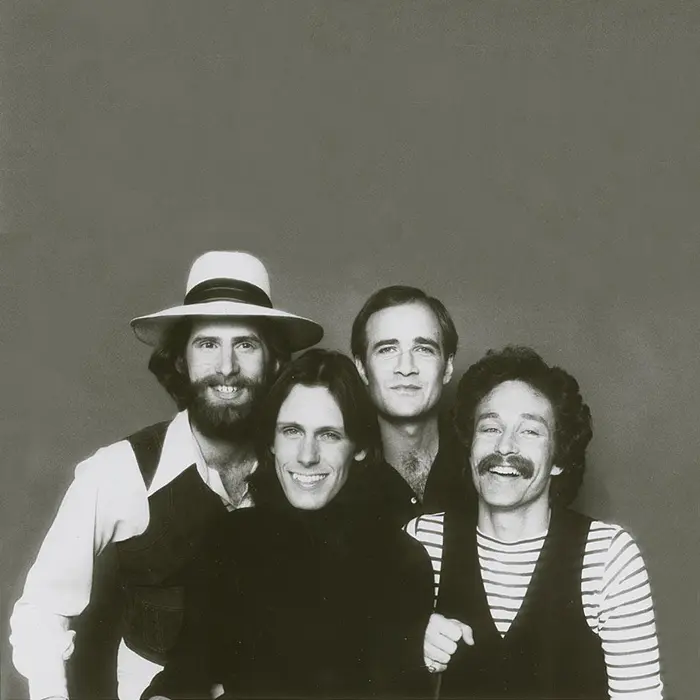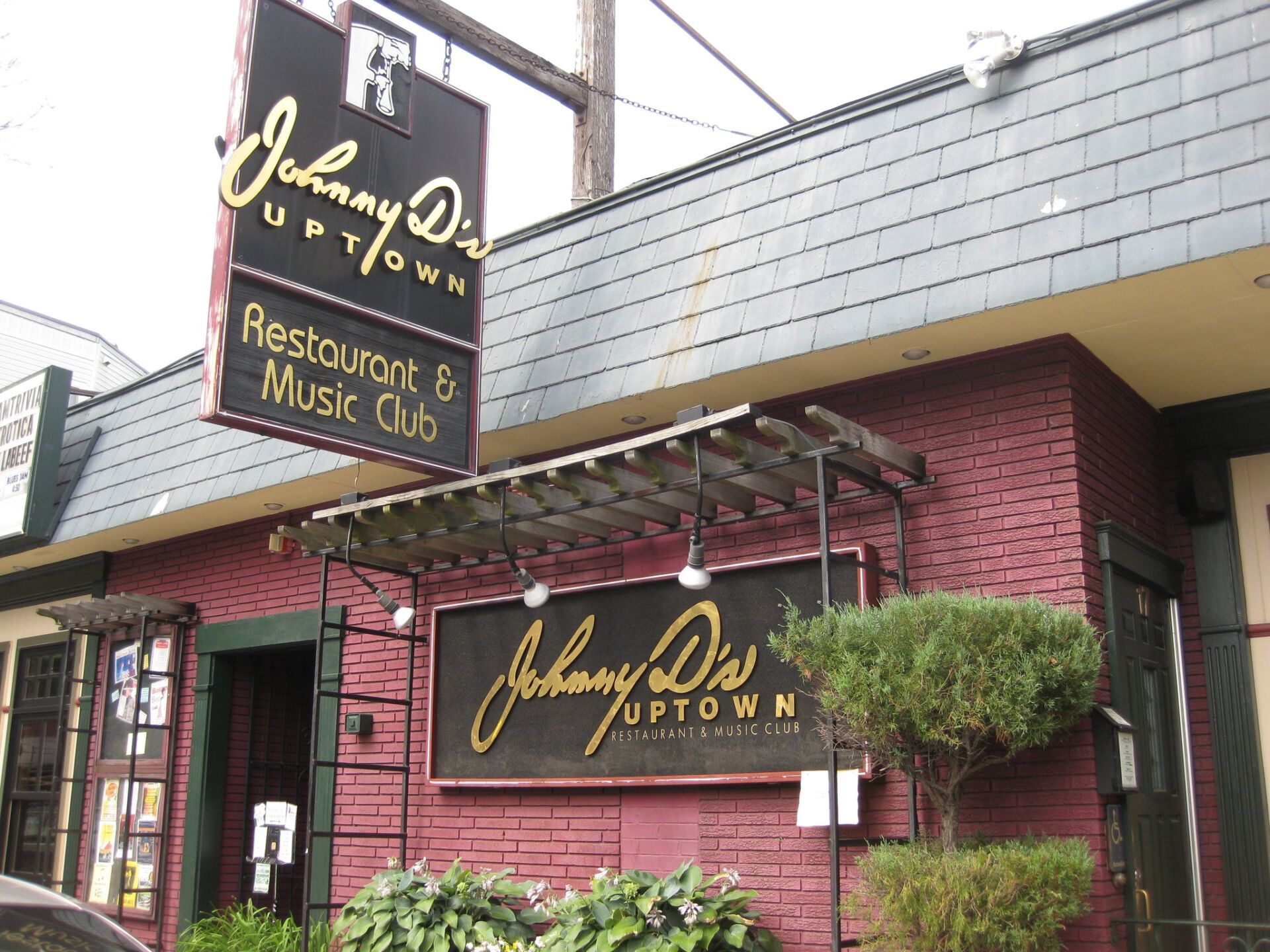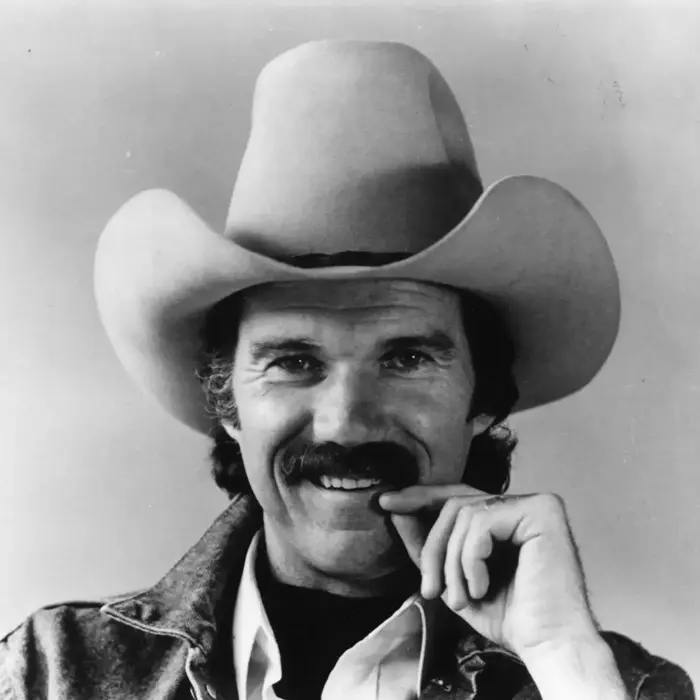Jonathan Swift’s
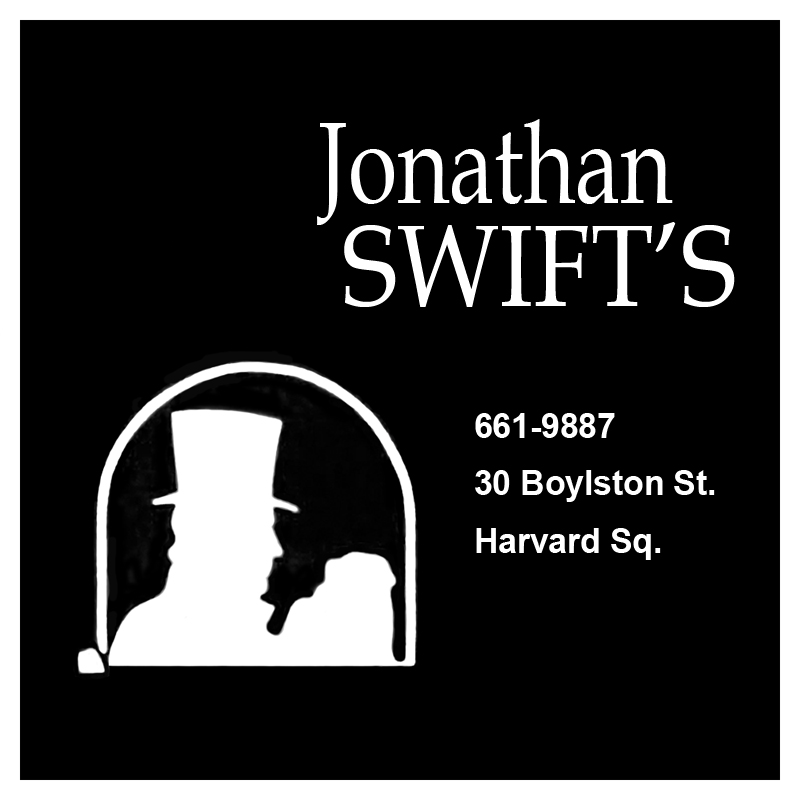
”Live folk. No dancing. No cover. No dress code.” That was The Boston Globe’s bare-bones description of Jonathan Swift’s, the famed basement club in Cambridge, Massachusetts that sat beneath Harvard Square at 30B Boylston Street from 1975 until early 1987. But like most descriptions, it falls short of the whole truth since Swift’s featured far more than folk music during its time in the center of the Square.
The roughly 250-capacity room presented a broad range of regionally, nationally and internationally acclaimed musical royalty during its nearly 12-year existence (“great tunes every night,” as management promoted the space), including blues legends like Taj Mahal, Buddy Guy and John Lee Hooker and rock greats such as Roy Orbison, Roger McGuinn, Robert Hunter and Rick Danko. True to its Cambridge location – and in direct contrast to the misanthropy of its namesake – it also hosted a number of folk festivals and acclaimed folk artists, among them Ritchie Havens, Dave Van Ronk, Maria Muldaur and Mary Travers. In its brief-but-brilliant life, the club was one of the linchpins of the Cambridge and Boston scenes, along with Inn-Square Men’s Bar, T.T. the Bear’s Place, The Rathskeller and The Channel, and consistently showcased high-caliber acts, including many local ones that went on to national and even international fame.
OPENING, EARLY EVENTS, DESIGN
Al Goldman, who ran Harvard Square Talent and booked shows at a number of local clubs, opened Jonathan Swift’s in 1975 and the early roster featured mostly folk and jazz. Singer-songwriter Tom Paxton played the first of a series of Sunday concerts aimed at bringing back Harvard Square’s ’50s/’60s folk tradition; the series also included Happy and Artie Traum, progressive-bluegrass group New Grass Revival and country band The Estes Boys, the last of which recorded a live album at the venue. Jazz acts included The Sam Rivers Quartet, Travis Shook, Joe Pass, Old & New Dreams, Wayne Shorter, Allen Toussaint, Stanley Clarke and Tony Williams.
Unlike its namesake, Jonathan Swift’s was known as a friendly place that served simple fare – various “delicious” sandwiches (according to The New York Times) complemented the bar’s offerings, including “53 beers in stock” – and was open until 2:00am, making it perfect for area students. The narrow room had a cozy, intimate atmosphere, with a low concrete ceiling and a stage that thrust towards the middle of the floor; no matter where audience members sat, they were sure to have a good view. The “dance floor,” such as it was, was packed with café tables that more than one performer used as an extension of the stage, often to calamitous results; one described the stage as having “no place to hide.” As Richie Havens told The Boston Globe in 1979, “It’s the closest you’re going to get to an audience – and playing to normal, real people.” The dressing room offered little in the way of comfort, being just as narrow and crowded as the main room.
EXPANDED 1980S ROSTER, NOTABLE APPEARANCES
In the early ’80s, Jonathan Swift’s expanded its mission beyond folk and jazz, and the rise of college radio and a vibrant local rock scene made the decade a golden era for the underground bar. Nearly every significant local band played there at some point, including Scruffy the Cat (most memorably as the opener for Robyn Hitchcock & The Egyptians in 1985). The band’s Stona Fitch recalls that the venue “had a nice way of pairing local opening acts with big-leaguers cut from similar cloth” and that it was unlike other clubs in several significant ways. “Jonathan Swift’s felt like another world,” he says. “Its managers looked like grad students and treated us with a level of politeness that made us suspicious.”
Many other notable acts passed through Jonathan Swift’s, including James Brown (in October 1980), Sly & The Family Stone (in November 1982) and bluesman George Thorogood, who reportedly was one of those who performed atop the tables. The Troggs did their “Wild Thing” there, Jorma Kaukonen of Jefferson Airplane and Hot Tuna appeared many times, as did local favorites Lou Miami & The Kozmetix and blues legends including Big Mama Thornton, Willie Dixon, Son Seals, Luther “Guitar Junior” Johnson, Koko Taylor, Paul Butterfield, James Cotton and Albert Collins. Among the New England-based acts that played Jonathan’s and became known far outside the region were ’Til Tuesday, The Mighty Mighty Bosstones, O Positive, Roomful of Blues, Lyres, NRBQ, Mission of Burma, The Fools, Barrence Whitfield & The Savages, Robin Lane & The Chartbusters, The Atlantics, The Del Fuegos, Jon Butcher Axis, Human Sexual Response, Robert Ellis Orrall, La Peste, Pousette-Dart Band, John Lincoln Wright & The Sour Mash Boys and The Stompers. On the non-musical side, Goldman sometimes booked comedians, both of the stand up and musical variety: Tiny Tim offered an alternative to the wedding of Prince Charles and Lady Diana Spencer in 1981 and Weird Al Yankovic appeared in 1983.
CLOSING, LEGACY
By the mid-’80s, a rapidly changing music industry and associated rising costs had taken their toll and in October 1986 Goldman decided to shutter Jonathan Swift’s, selling the liquor license to the Catch a Rising Star comedy club chain, which moved into the space in early ’87. “There just haven’t been enough acts out there to fill the room,” he told The Boston Globe at the time. “Record companies don’t give their acts tour support any more, and we can’t afford to develop acts. If you don’t have the acts, nobody is here.” The last show at Jonathan Swift’s was on January 4, 1987, headlined by local group New Man and, perhaps in a nod to its future, opened by comedian (and Arlington, Massachusetts native) Jimmy Tingle.
The closing of Jonathan Swift’s, along with other venerated joints such as Johnny D’s, T.T. the Bear’s Place and Inn-Square Men’s Bar, changed the character of Harvard Square and environs. But other nearby venues continue booking and supporting local bands, so maybe it’s the natural course of urban evolution. Either way, Jonathan Swift’s basement stage will long be remembered as a very civilized performance space for well-established artists, up-and-coming performers and more than a few household names.
(by John Radosta)
Lifelong Boston resident John Radosta is the co-author (with Keith Nainby) of Bob Dylan in Performance: Song, Stage, and Screen (Lexington, 2019) and has written numerous articles about Dylan and Woody Guthrie for a variety of publications.

